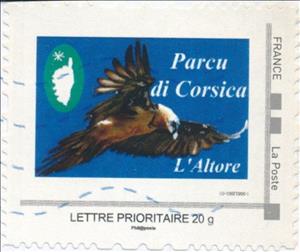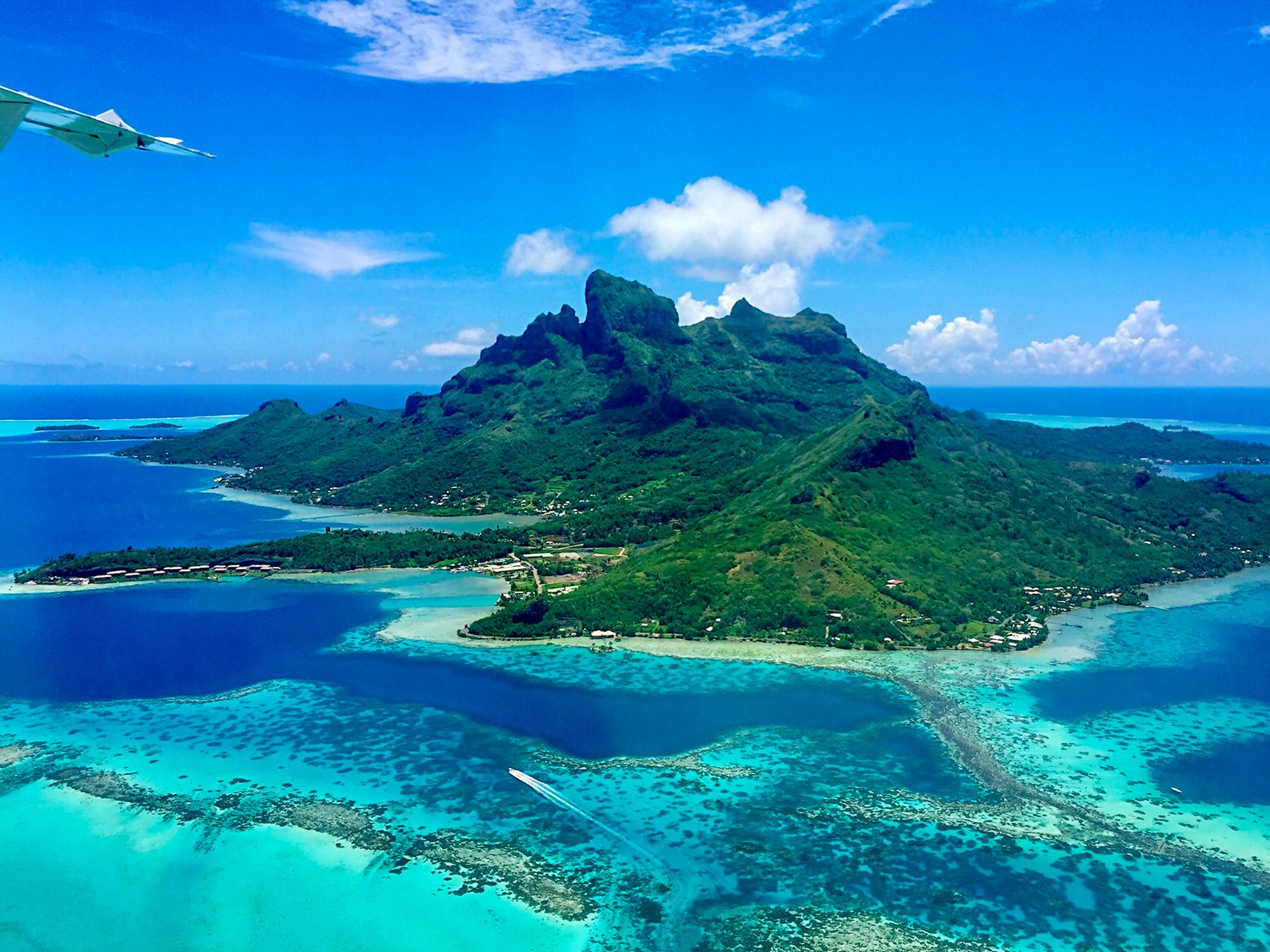Stamp: Parcu di Corsica. Altore, Bearded Vulture (Gypaète barbu) (France 2012)
Parcu di Corsica. Altore, Bearded Vulture (Gypaète barbu) (France 2012)
01 January (France ) within release Collectors : Montimbramoi. Miscellaneous goes into circulation Stamp Parcu di Corsica. Altore, Bearded Vulture (Gypaète barbu) face value Prioritaire No Face Value
| Stamp Parcu di Corsica. Altore, Bearded Vulture (Gypaète barbu) in catalogues | |
|---|---|
| Colnect codes: | Col: FR-MON 2012-126 |
Stamp is square format.
Also in the issue Collectors : Montimbramoi. Miscellaneous:
- Stamp - Cow and Cheese Bell face value Prioritaire;
- Stamp - Rennes Stamp Club Centenary 1912 2012 face value Prioritaire;
- Stamp - Chauvigny Medieval City Tourism Vienne face value Prioritaire;
- Stamp - Ile de Sein. Les Maquereaux by Didier Marie Le Bihan face value Prioritaire;
- Stamp - Ile de la Reunion Tourism face value Prioritaire;
- Stamp - Jardins du Fenouilledes face value Prioritaire;
- Stamp - Lesormes Tree House face value Prioritaire;
- Stamp - Parcu di Corsica. Altore, Bearded Vulture (Gypaète barbu) face value Prioritaire;
- Stamp - Philatelic Club Aytresienne Exposition 2012 Between Earth.. face value Prioritaire;
- Stamp - Oise fete Rousseau face value Prioritaire;
- Stamp - Feu Vert 2012 40 ans face value Prioritaire;
- Stamp - 1941 Ford General Purpose Amphibious Jeep /GPA/ Sea Jeep face value Prioritaire;
- Stamp - BATI'life - The Party - 2 Avril 2012 face value Prioritaire;
Stamp Parcu di Corsica. Altore, Bearded Vulture (Gypaète barbu) it reflects the thematic directions:
Animals are multicellular, eukaryotic organisms of the kingdom Animalia (also called Metazoa). All animals are motile, meaning they can move spontaneously and independently, at some point in their lives. Their body plan eventually becomes fixed as they develop, although some undergo a process of metamorphosis later on in their lives. All animals are heterotrophs: they must ingest other organisms or their products for sustenance.
Birds (Aves), a subgroup of Reptiles, are the last living examples of Dinosaurs. They are a group of endothermic vertebrates, characterised by feathers, toothless beaked jaws, the laying of hard-shelled eggs, a high metabolic rate, a four-chambered heart, and a strong yet lightweight skeleton. Birds live worldwide and range in size from the 5 cm (2 in) bee hummingbird to the 2.75 m (9 ft) ostrich. They rank as the class of tetrapods with the most living species, at approximately ten thousand, with more than half of these being passerines, sometimes known as perching birds. Birds are the closest living relatives of crocodilians.
Birds of prey or predatory birds, also known as raptors, are hypercarnivorous bird species that actively hunt and feed on other vertebrates (mainly mammals, reptiles and smaller birds). In addition to speed and strength, these predators have keen eyesight for detecting prey from a distance or during flight, strong feet with sharp talons for grasping or killing prey, and powerful, curved beaks for tearing off flesh. Although predatory birds primarily hunt live prey, many species (such as fish eagles, vultures and condors) also scavenge and eat carrion
An island or isle is a piece of land, distinct from a continent, completely surrounded by water. There are continental islands, which were formed by being split from a continent by plate tectonics, and oceanic islands, which have never been part of a continent. Oceanic islands can be formed from volcanic activity, grow into atolls from coral reefs, and form from sediment along shorelines, creating barrier islands. River islands can also form from sediment and debris in rivers. Artificial islands are those made by humans, including small rocky outcroppings built out of lagoons and large-scale land reclamation projects used for development.
A vulture is a bird of prey that scavenges on carrion. There are 23 extant species of vulture (including condors). Old World vultures include 16 living species native to Europe, Africa, and Asia; New World vultures are restricted to North and South America and consist of seven identified species, all belonging to the Cathartidae family. A particular characteristic of many vultures is a bald, unfeathered head. This bare skin is thought to keep the head clean when feeding, and also plays an important role in thermoregulation





